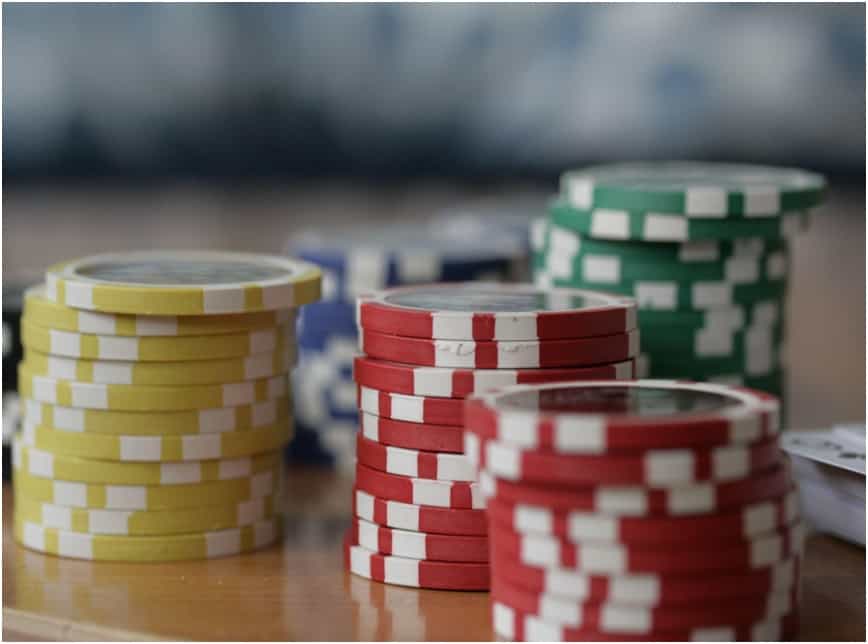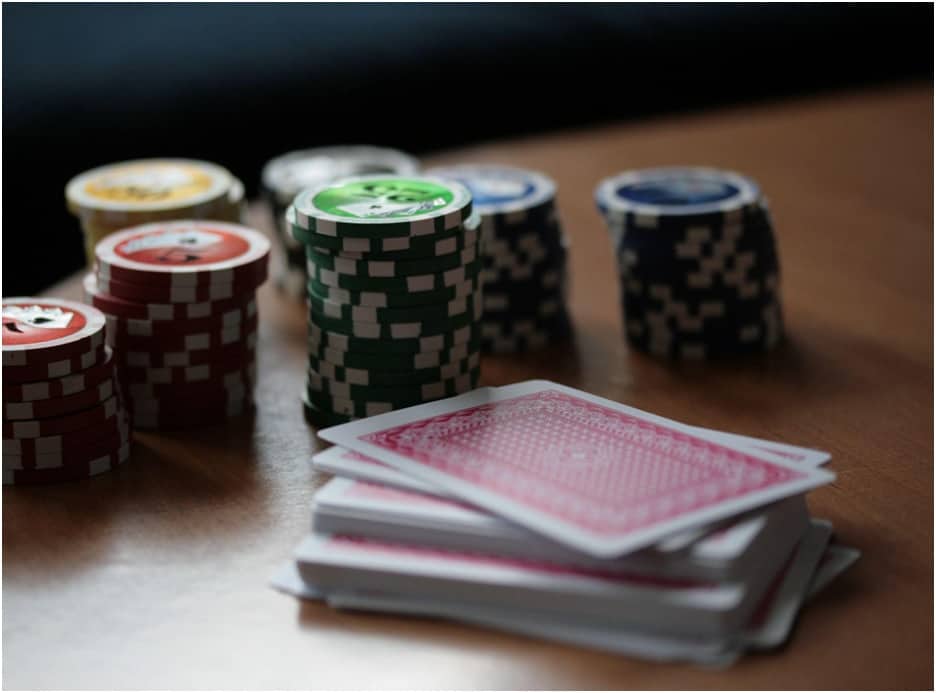Texas Hold’em poker is a strategic game where your choices and random events influence the results. Therefore, you must be familiar with Texas Hold ’em poker techniques to improve your chances of success in this game.
Following some strategies for playing Texas Hold ’em poker, as with many other casino games, decreases the house edge and increases your chances of winning. No strategy is guaranteed, but any chance of changing the game’s odds already represents a differential in your favor. Give it a try on a online poker platform that accepts cryptocurrencies and see if your winnings are different by following a strategy.
Betting The Flop
In any game of poker, the first significant decision to the bottom line is whether or not to bet the flop. One of the most crucial choices is this one, as you will be able to see your two-hole cards. First, staying in the game and placing the bet is always better when no other option is possible. But don’t worry if you get the following cards.
If you are dealt any of these cards, the best decision is to fold rather than bet, but sometimes these soft hands can give the player the win if he thinks the dealer won’t have a way to win.
- Two and three different suits;
- Two and four different suits;
- Two and five different suits;
- Two and six different suits;
- Two and seven different suits.
Betting The Turn

After three of the five community cards are dealt (known as the river), you will have five cards to decide on the next bet. You ought to be able to tell where the game is going by this point, which will significantly impact the wager you’re going to make. One of the most important things is the difference between your hole cards and the community cards on the table.
For example, a pair of Aces can be a good hand, but if you only have a ten and a couple of Aces in the community cards, we can no longer consider it a good hand, as the dealer will also have a pair of Aces. To do it by hand. With that in mind, we recommend betting the turn only if your team of hole cards can form one of the following situations:
- Some couple;
- Two pairs, three of a kind, four of a kind, or full house.
- Four or five cards that can make a straight;
- Four or five cards of the same suit with the potential to form a flush.
Betting The River
Now that the game is nearing the end, you can be more selective in your bets; therefore, your odds will decrease. At this point, we recommend a raise if you have the following hands and only if one of your hole cards is part of the hand you are making:
- Any pair of sixes or higher;
- Two pair, three of a kind, four of a kind, or full house;
- Four cards of the same suit in consecutive order;
- A straight;
- A flush.
Keep Other Players From Getting A Free View Of The Flop

Only give other players a free pass to see the flop if you have a hand strong enough to do so. In this scenario, you should, at the very least, raise the minimum wager to weed out cards of low value. It might be risky for new players to want to see the flop pay as little as possible.
Consider that you have A-K while the other players have 7-4 and 10-5. Preflop, and you might be able to remove them from the round. However, something terrible might occur if you give them the option to view the flop for the cost of the big blind. In this instance, place a 10-9-8 on the playing surface. One of your opponents has an open-ended straight draw, while the other has a pair of 10s. You have nothing. You threw away a solid opening hand.
Don’t Be Afraid To Fold After The Flop
Running after the flop can be challenging for many new players. They frequently think, “I’ve already put money in the pot, so I’d best stay and see what happens.” However, you risk throwing away a lot of chips if you think that way.
The flop can ruin your hand, even if you have a strong starting hand. Suppose you hold an A-K hand, but the flip comes J-J-5. It doesn’t benefit you, and if someone only has a J, you suddenly find yourself on the outside looking in. You will continue to lose to the three Js regardless of whether an A, a K, or both are dealt with later. You might opt to fold if the flop doesn’t improve your hand and you don’t have a top pair.
Likewise, sometimes it’s better to fold after the flop, even when you think it’s helping you. Let’s say you have a Q-6 and the flop is K-10-6. A natural beginner tends to focus on what worked: a pair of 6s. But the K and 10 are extremely dangerous. Since you have a low pair, any player with a K or a 10 is ahead.
Be Smart On The Curve And River
Try to get to the river by paying as little as you can if you hold a draw after the turn, which means you only need one card to have a strong hand (such as a straight or a flush). Make your opponents pay dearly to see the river if you are confident that you have the best hand after the turn. Remember that you could face a complete house or a set if the community cards include a pair. Watch out for the flush if they show three cards of the same suit.
After the river, your decision to check, raise, run or call depends solely on the value of your cards, as you no longer have the possibility to improve your hand. So if you think your opponent might have a better hand, it’s generally not advisable to bluff here.


